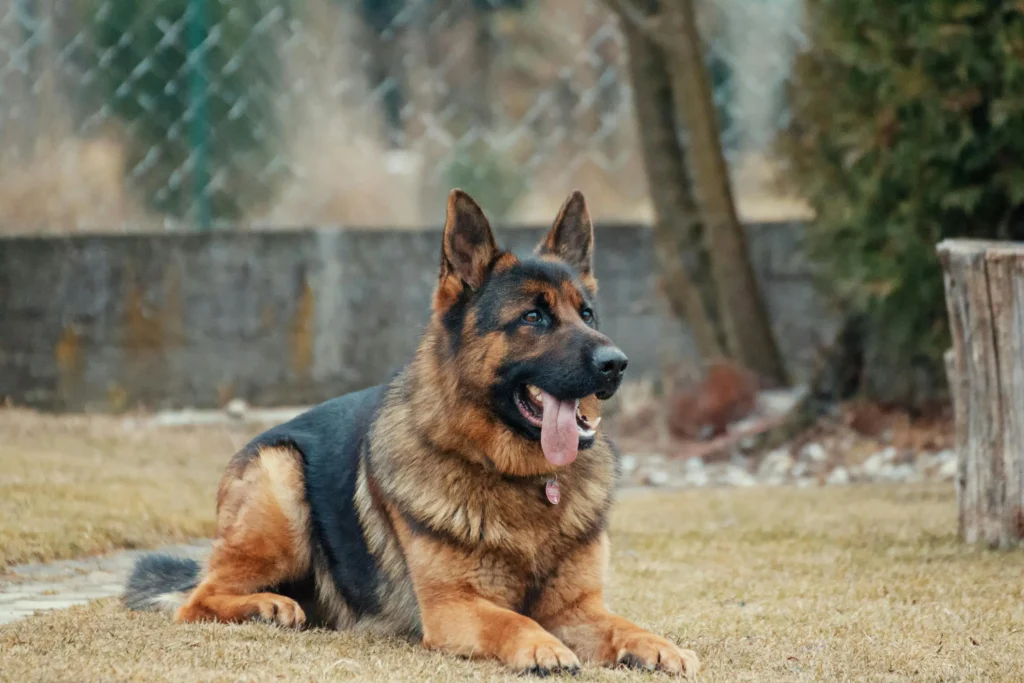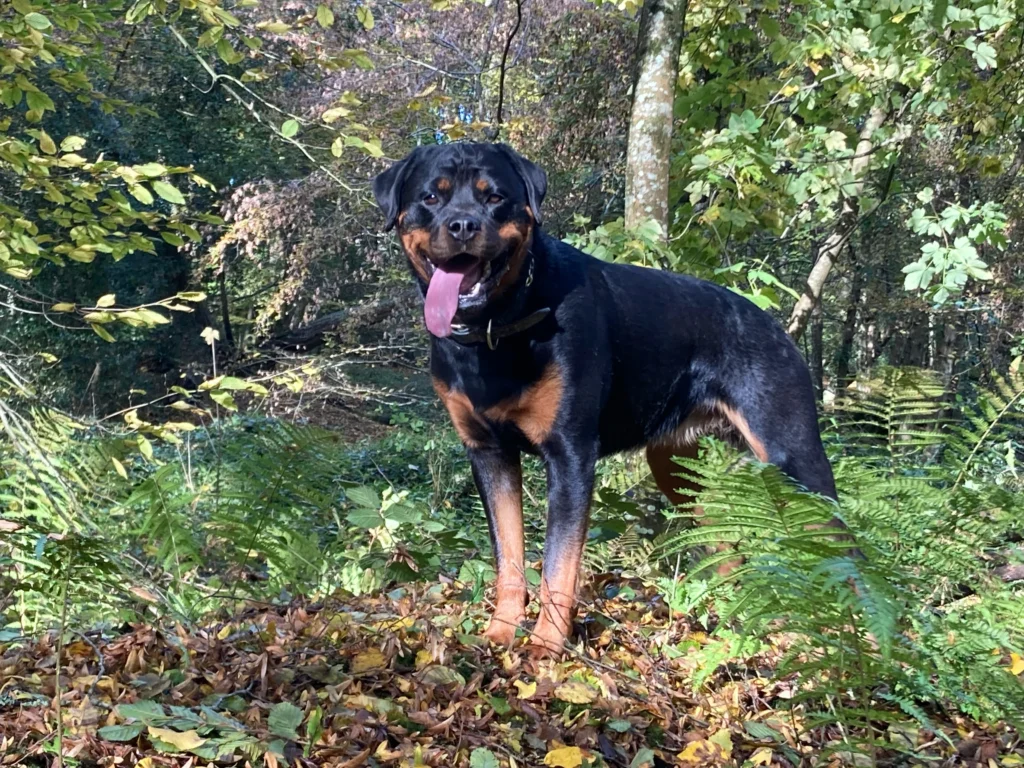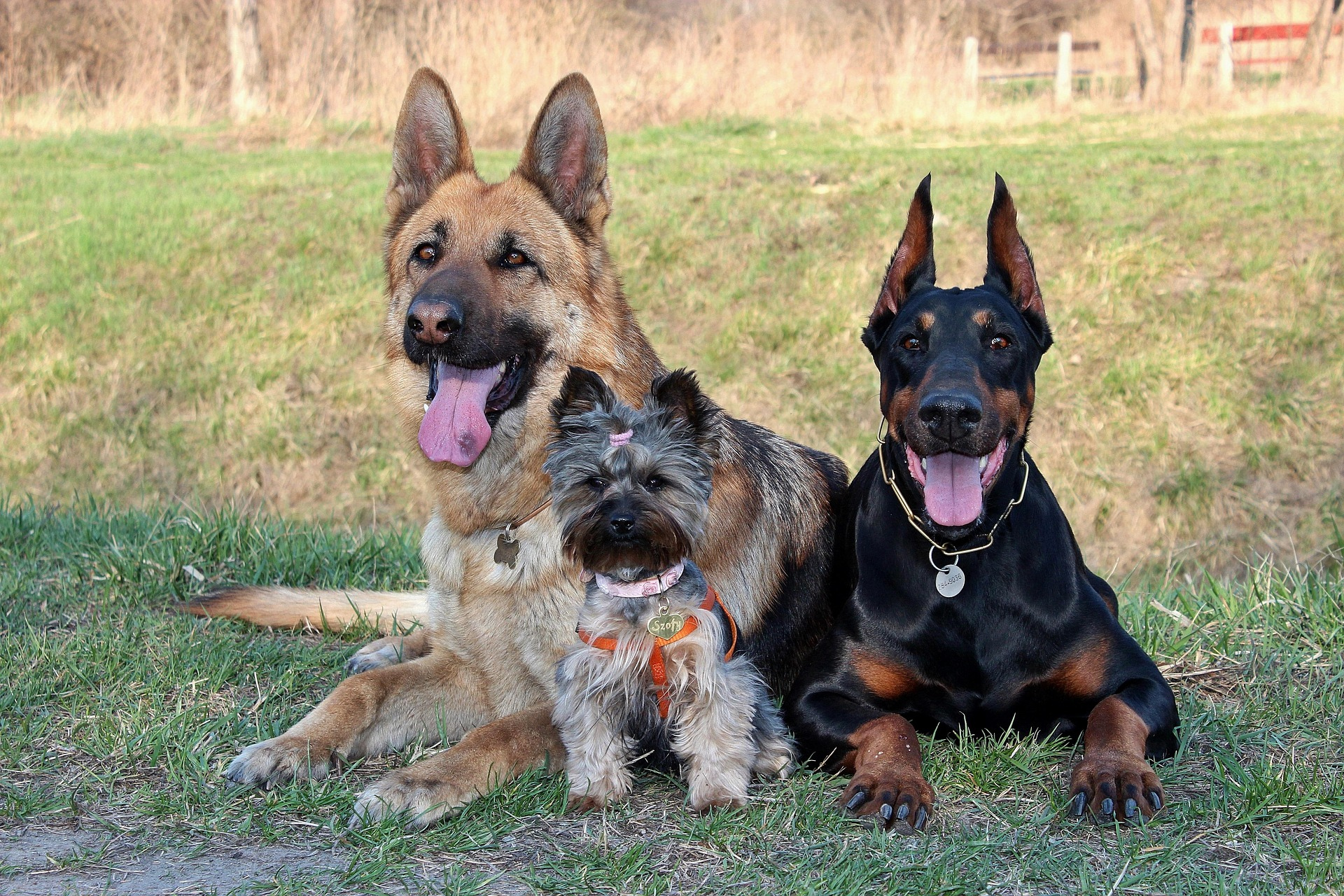Top Protective Dog Breeds: Finding the Perfect Guardian for Your Family
Table of Contents
In an increasingly uncertain world, the desire for security and peace of mind has never been stronger. Whether you’re concerned about home invasions, want a loyal companion for evening walks, or simply need a four-legged alarm system, selecting from the top protective dog breeds can provide both security and companionship for years to come. Understanding which breeds excel at protection helps ensure you choose the most suitable guardian for your family’s unique needs.
Before diving into our comprehensive list, it’s crucial to understand the key distinctions that separate different types of protective canines:
- Watchdog: Alerts you to strangers and unusual activity through barking and body language
- Guard Dog: Intimidates potential threats and may physically engage to defend property
- Protection Dog: Highly trained professional canines that defend their family on command
Understanding these differences is essential for selecting the best guard dogs for families and ensuring you choose a breed that matches your specific security needs and lifestyle.
This comprehensive guide will not only present the top protective dog breeds but also help you make an informed decision about which guardian is right for your unique situation. When researching the top protective dog breeds, responsible ownership and proper training are the foundations of any successful protective relationship with your canine companion.
The Top 07 Protective Dog Breeds
When evaluating the top protective dog breeds, it’s essential to consider each breed’s unique characteristics, training requirements, and family compatibility. These carefully selected breeds represent the finest examples of canine guardianship, each offering distinct advantages for different family situations and security needs.
1. German Shepherd
Protective Profile At-a-Glance:
- Temperament: Loyal, Confident, Courageous
- Size: Large, 50-90 lbs
- Protective Style: Watchdog & Guard Dog
- Family-Friendly: Yes, with early socialization
- Training Difficulty: Moderate – for experienced owners

Why They Are Protective: German Shepherds consistently rank among the top protective dog breeds due to their original breeding in 1899 to herd sheep. Their intelligence and loyalty quickly made them favorites for police and military work. Their protective instinct stems from their herding background, where they needed to make independent decisions to protect livestock from predators.
The Reality Check: This breed requires 2+ hours of exercise daily and thrives on mental stimulation. Without proper engagement, they can become destructive. German Shepherds are also prone to hip dysplasia and require consistent grooming due to heavy shedding.
“As a certified trainer with 15 years of experience, I see many German Shepherds. Their intelligence is a double-edged sword; they need a ‘job’ to do, or they can become destructive. Puzzle toys and consistent training are key.” – Sarah Mitchell, CCPDT-KA Certified Dog Trainer
2. Rottweiler
Protective Profile At-a-Glance:
- Temperament: Confident, Fearless, Good-natured
- Size: Large, 80-135 lbs
- Protective Style: Guard Dog & Protection Dog potential
- Family-Friendly: Yes, with proper socialization
- Training Difficulty: Moderate to High – experienced owners preferred

Why They Are Protective: Among the top protective dog breeds, the Rottweiler’s protective instinct comes from its history as a drover’s dog, herding cattle and guarding butcher’s money in Roman times. This background created a breed naturally inclined to protect valuable assets – including your family.
The Reality Check: Rottweilers need early socialization before 16 weeks to prevent territorial aggression. They’re prone to separation anxiety and require consistent leadership. Insurance companies may classify them as high-risk breeds.
3. Doberman Pinscher
Protective Profile At-a-Glance:
- Temperament: Alert, Fearless, Loyal
- Size: Large, 60-100 lbs
- Protective Style: Guard Dog & Protection Dog
- Family-Friendly: Yes, with children they know
- Training Difficulty: Moderate – responds well to positive training
Why They Are Protective: Developed in the 1890s by a German tax collector who needed protection, Dobermans were bred specifically for personal protection. Their sleek build combines speed with strength, making them formidable guardians.
The Reality Check: Dobermans are high-energy dogs requiring significant daily exercise. They’re sensitive to cold weather due to their short coat and can develop heart conditions. Consistent training from puppyhood is essential.
4. Bullmastiff
Protective Profile At-a-Glance:
- Temperament: Docile, Reliable, Devoted
- Size: Large, 100-130 lbs
- Protective Style: Guard Dog (silent guardian)
- Family-Friendly: Excellent with children
- Training Difficulty: Moderate – can be stubborn
Why They Are Protective: Bred by English gamekeepers in the 1860s to catch poachers, Bullmastiffs were trained to pin intruders without mauling them. This “silent guardian” approach makes them excellent family protectors.
The Reality Check: Their large size means they’re not suitable for apartments. Bullmastiffs have a relatively short lifespan (8-10 years) and are prone to bloat. They drool significantly and require minimal grooming.
5. Belgian Malinois
Protective Profile At-a-Glance:
- Temperament: Confident, Smart, Hardworking
- Size: Medium-Large, 40-80 lbs
- Protective Style: Protection Dog (professional level)
- Family-Friendly: With experienced owners only
- Training Difficulty: High – requires expert handling
Why They Are Protective: Originally herding dogs from Belgium, Malinois have become the military and police dog of choice due to their incredible drive and trainability. Their protective instinct is intense and focused.
The Reality Check: This is not a breed for novice owners. Belgian Malinois require 3+ hours of intense exercise daily and can become destructive or aggressive without proper outlets. They need a job to do and constant mental stimulation.
6. Cane Corso
Protective Profile At-a-Glance:
- Temperament: Assertive, Confident, Stable
- Size: Large, 88-110 lbs
- Protective Style: Guard Dog & Protection Dog
- Family-Friendly: Yes, with proper socialization
- Training Difficulty: High – experienced owners only
Why They Are Protective: Descended from Roman war dogs, the Cane Corso was bred to hunt wild boar and guard property. Their imposing presence alone is often enough to deter intruders.
The Reality Check: Cane Corsos require extensive early socialization and consistent leadership. They’re banned in some locations and may face insurance restrictions. Regular exercise is crucial to prevent behavioral issues.
7. Akbash
Protective Profile At-a-Glance:
- Temperament: Calm, Independent, Protective
- Size: Large, 90-140 lbs
- Protective Style: Guardian breed (livestock protection background)
- Family-Friendly: With proper introduction and socialization
- Training Difficulty: High – independent thinkers
Why They Are Protective: Bred in Turkey over 3,000 years ago to guard livestock, Akbash dogs are natural guardians with strong protective instincts. They were bred to work independently, making decisions without human guidance.
The Reality Check: These dogs are nocturnal by nature and may bark at night. They require secure fencing as they’re natural roamers. Akbash dogs are not suitable for apartment living and need experienced owners who understand guardian breeds.
Comparison Table: Top Protective Breeds
| Breed | Trainability | Good with Kids? | Barking Level | Exercise Needs | Grooming |
|---|---|---|---|---|---|
| German Shepherd | High | Yes | Moderate | High | High |
| Rottweiler | Moderate | Yes | Low-Moderate | Moderate-High | Low |
| Doberman | High | Yes | Moderate | High | Low |
| Bullmastiff | Moderate | Excellent | Low | Moderate | Low |
| Belgian Malinois | Very High | Experienced owners | Moderate | Very High | Low |
| Cane Corso | Moderate | Yes | Low-Moderate | Moderate-High | Low |
| Akbash | Moderate | With socialization | High | Moderate | Moderate |
Beyond the List: Your Complete Protection Guide
It’s the Training, Not Just the Breed
The most important factor in developing protective dog breeds for home security isn’t the breed itself—it’s proper training and socialization. Even the most naturally protective breeds from our top protective dog breeds list can become a liability without appropriate guidance.
Essential Training Components:
- Early socialization (8-16 weeks): Exposure to various people, animals, and situations
- Basic obedience: Sit, stay, come, down commands must be rock-solid
- Controlled protection training: Professional guidance for developing protective instincts safely
- Bite inhibition: Teaching appropriate response levels
Consider professional protection dog training, which can cost $15,000-$50,000 but provides a fully trained guardian. For most families, basic obedience and socialization combined with the dog’s natural protective instincts provide adequate security.
Legal & Insurance Responsibilities
Before bringing home one of these protective breeds, understand the legal landscape:
Insurance Considerations:
- Many homeowner’s insurance policies have breed restrictions
- Some insurers may increase premiums for certain breeds
- Liability coverage is crucial—consider umbrella policies
Legal Responsibilities:
- Research local breed-specific legislation
- Understand liability if your dog injures someone
- Ensure proper containment and “Beware of Dog” signage
- Some areas require special licenses for guard dogs
Which Protective Breed is Right for YOU?
Selecting from the top protective dog breeds requires careful consideration of your specific circumstances. This assessment will help you identify which of the top protective dog breeds aligns best with your family’s needs and lifestyle.
Take Our Quick Assessment:
Question 1: Do you have children under 12?
- Yes → Consider: Bullmastiff, German Shepherd, or Rottweiler with proper socialization
- No → All breeds are options
Question 2: What’s your living situation?
- Apartment → Doberman (with adequate exercise)
- House with yard → Any breed appropriate
- Rural property → Akbash, German Shepherd, or Cane Corso
Question 3: Are you a first-time dog owner?
- Yes → Bullmastiff or German Shepherd with professional training support
- No → All breeds, based on experience level
Question 4: How much time can you dedicate to exercise daily?
- 1-2 hours → Bullmastiff, Rottweiler
- 2-3 hours → German Shepherd, Doberman, Cane Corso
- 3+ hours → Belgian Malinois, Akbash
Question 5: What’s your primary security concern?
- Deterrent presence → Rottweiler, Cane Corso, Bullmastiff
- Alert system → German Shepherd, Doberman
- Active protection → Belgian Malinois (with professional training)
Making Your Decision: Key Takeaways
Choosing among the top protective dog breeds requires honest self-assessment of your lifestyle, experience, and commitment level. The best guard dogs for families aren’t necessarily the most intimidating—they’re the ones that fit seamlessly into your life while providing the security you need.
When evaluating the top protective dog breeds, remember these critical points:
- Training trumps breeding: A well-trained, properly socialized dog of any protective breed will be more effective and safer than an untrained “natural guardian”
- Commitment is key: These breeds require significant time, energy, and financial investment throughout their 10-15 year lifespans
- Professional guidance matters: Consider working with certified trainers who specialize in protective breeds
- Socialization windows are critical: The period between 8-16 weeks shapes your dog’s temperament for life
The best protector is ultimately a well-trained, well-socialized dog that matches your lifestyle and security needs. Whether you choose a gentle giant Bullmastiff or an athletic German Shepherd from our top protective dog breeds list, success lies not just in the breed, but in your dedication to responsible ownership and proper training.
Your perfect guardian companion from the top protective dog breeds is out there—now you have the knowledge to find them and build a relationship based on trust, training, and mutual protection.


